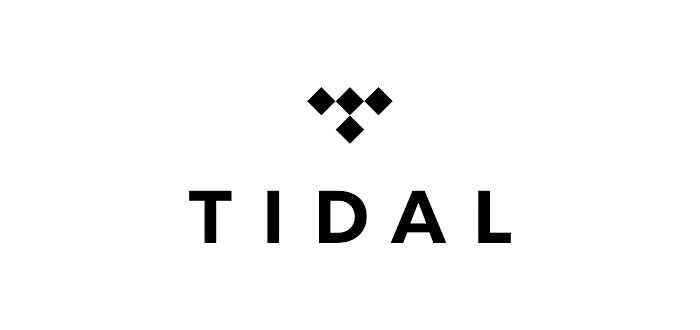

The top teir (1411 kbps) being equal to that of a CD. Tidal offers three different bitrate tiers: 1411 kbps, 320 kbps, and 96 kbps. So how does the service actually sound? It sounds great. Even if Tidal’s app selection isn’t comprehensive yet, it is a good start and important if the company wants people to switch from using an existing streaming music service. Tidal’s mobile apps are all top notch, however, and it’s a much more important area for the company to focus on.
#Link tidal to tv mac
The much nicer and safer alternative to the native Mac app is to use Chrome. The Tidal app on my 2013 rMBA reminds me of an old IRC client. The whole app is non-retina, the text is extremely fuzzy, and pictures are small and pixelated - it’s a brutal experience. Tidal’s native Mac app is not nearly as nice as the iOS version. I find its mobile apps the most intuitive out of any music streaming service. On the flip side, I much prefer the way Rdio does favorites. That was pretty much the only minor gripe I could find for Tidal’s mobile app which is way ahead of Spotify’s offering. The Tidal app’s overview screen, showing the various app interface elements.Įach of the other sections in the mobile iOS app - such as Playlists, Genres, and What’s New - all flow nicely compared to Favorites. Tidal is also on the connected Bluesound speakers and will be available through Sonos soon. There’s a web player, though the highest quality music is only available on Chrome right now.
#Link tidal to tv android
Right now, Tidal is available on iOS and Android for phones and tablets as well as native Windows and Mac apps. Rdio and Spotify, for example, are available everywhere, sometimes even places it doesn’t make sense. If you’re currently using another on-demand music service, you probably enjoy using it on many different devices.

Although annoying when a song isn’t available, it’s still nice to see that Tidal understood what you were looking for. Interestingly, the service will still list songs it doesn’t have access to, but just grey them out.

Tidal’s library of 25 million FLAC (open source lossless audio format) songs covers a lot of the music that’s out there and available, but definitely doesn’t include everything. That means instead of listeners having to rip a CD, manually sync it to their device, and carry around only those ripped songs, they can pull up any song on-demand.įirst, let’s talk about what the service offers. The streaming service is essentially offering CD quality music, just over-the-air. Tidal, although the first widely available streaming service to offer lossless audio quality music in the US, isn’t breaking new ground. The kind of standard and typical things most people would do to see if it was worth switching from Rdio, Beats Music, Spotify, or a candidate for someone’s first streaming music service. I’ve been intrigued by high-quality audio streaming, so when Tidal was unveiled I put it through its paces. But there’s a good chance that as long as what you’re listening to doesn’t sound grainy or static-y, it probably sounds good enough - not worth a second thought. No one wants to listen to music that sounds sub-par.


 0 kommentar(er)
0 kommentar(er)
